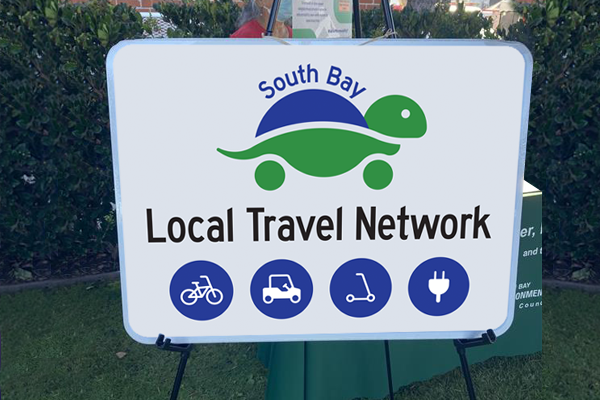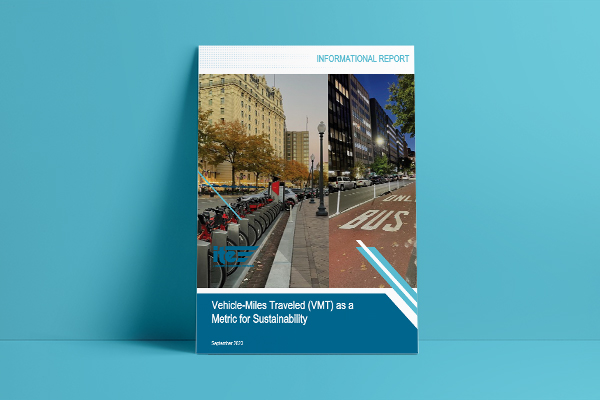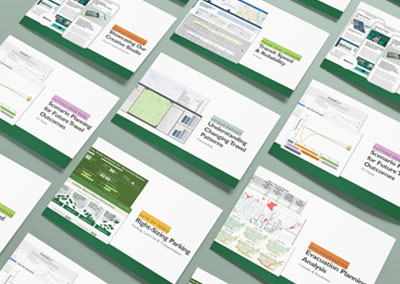
Gaining Ground with Micromobility
Explore how micromobility and a custom-designed local transportation network can change travel habits, promote sustainability, and enhance safety and resiliency in emergencies.

Explore how micromobility and a custom-designed local transportation network can change travel habits, promote sustainability, and enhance safety and resiliency in emergencies.

Discover how VMT is reshaping sustainable transportation planning in ITE’s latest technical brief, with insights from VMT expert Ron Milam.

Check out these examples of R&D innovations that are helping clients respond to changing transportation needs.

Going beyond VMT is essential to reduce carbon emissions in transportation. Discover some valuable insights from two California communities as they adopt a broader strategy.

Learn about our solutions that provide simple, effective, and scalable options to bridge the gap between expectations and resource constraints in rural transportation planning.

Learn about and share input on a preliminary checklist being designed to evaluate the impacts of wildfire evacuations and determine necessary actions.